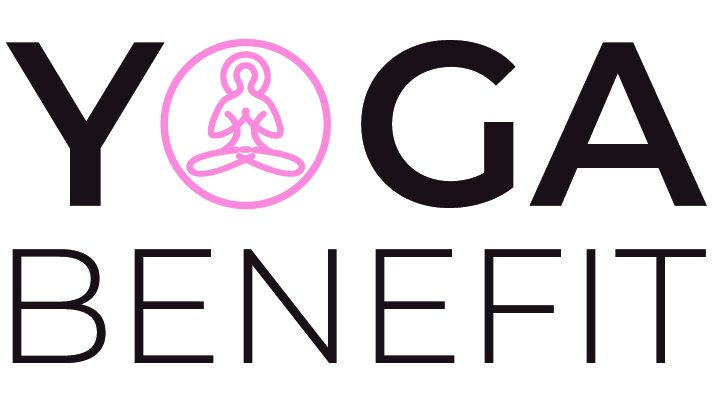Yoga in modern times is often thought of as the physical poses, or asanas, we do on our mats. Yoga offers many other benefits that help to unite the mind, body, and spirit. These 8 limbs help us to move through life and on the yogic path. They include the Yamas and the Niyamas, Asanas, Pranayamas, Pratyaharas, Pratyaharas, Dharanas, Dhyanas, and Samadhi. Let’s take a closer look at the first limb.

The Yamas are moral and ethical guidelines that Patanjali, an Indian Sage, gave us in his yogic philosophical text, Yoga Sutras, more than 5000 years ago. These practices help us to become more self-aware, and guide us on our way to the 8 limbs. These ancient wisdom and knowledge are still very much present in our modern and chaotic world. They can help us find peace, unity, and harmony. This article will briefly cover Yamas’ main points and show how we can apply them in our everyday lives.
Ahimsa is a non-violent/non-causing of pain
“Himsa” can be translated to mean “causing pain”. It can be translated into “A-himsa” which means “not causing pain”. We are often a source of pain in our daily lives as humans if we forget to think about others and stumble when we speak, think, or feel. Patanjali asked that we have deep compassion for all living beings. We all are connected and hurting others is only a way to hurt ourselves.
Negative self-talk and comparing ourselves to others can also cause us to hurt ourselves. This is so easy to do. If we eat something not in our diet, or if we exercise excessively because of guilt over eating ‘unhealthy foods’, then this can lead to us punishing ourselves. Others include hating how we look or how we perceive ourselves in society. It is important to think about how we can integrate Ahimsa into our everyday lives. A few practitioners believe that vegetarianism or veganism is a positive way to integrate Ahimsa. However, even if you take this vow, it is not guaranteed that you will be free from violence.
There are many things to think about, and it is easy to judge others. It is also important to look at the violence that is being committed and not do anything about it. How often do we choose to remain silent rather than speak up for others? Sometimes violence can be justified in certain circumstances. However, it doesn’t always have to be that way. We all have to accept responsibility for our actions as human beings. Ahimsa encourages us to examine ourselves deeply and reminds us to use as little violence as we can.
Satya – truthfulness
Satya should be included in our everyday lives. We all know what happened with Pinocchio, who told the smallest white lies. As a child, I recall being teased by my mother for sharing gossip about a friend. I didn’t know that gossip was harmful to others. This is also contrary to the Yama – Ahimsa. We cause harm when we spread gossip about others. We can stop this from happening by breaking the chain.
There may be a friend or ex that has caused you pain. If we continue to spread gossip as gospel, it only harms ourselves. Then the hurtful cycle continues in our heads. It’s easy to fall into this unhealthy and negative cycle. It doesn’t have to be so straightforward. If a friend asks you if you’d like to go out to a few drinks with a colleague, tell them the truth. They won’t be disappointed if you later cancel. On the other hand, it is important to consider how truthful we are, because we could be hurt by our own words. Before we share anything, it is important to first consider whether the truth we are sharing would cause another person to lie. Or if we are speaking in a compassionate manner that is not selfish.
